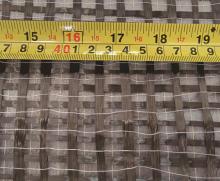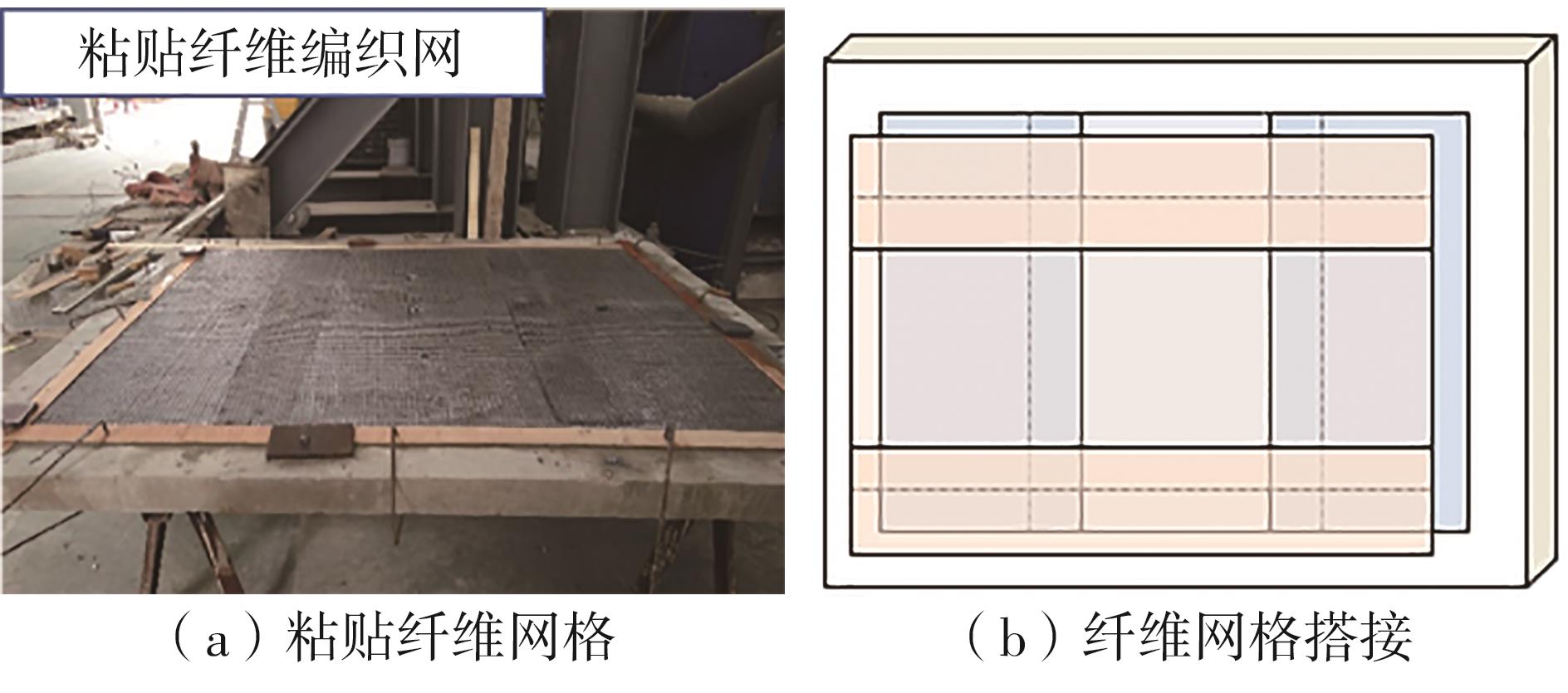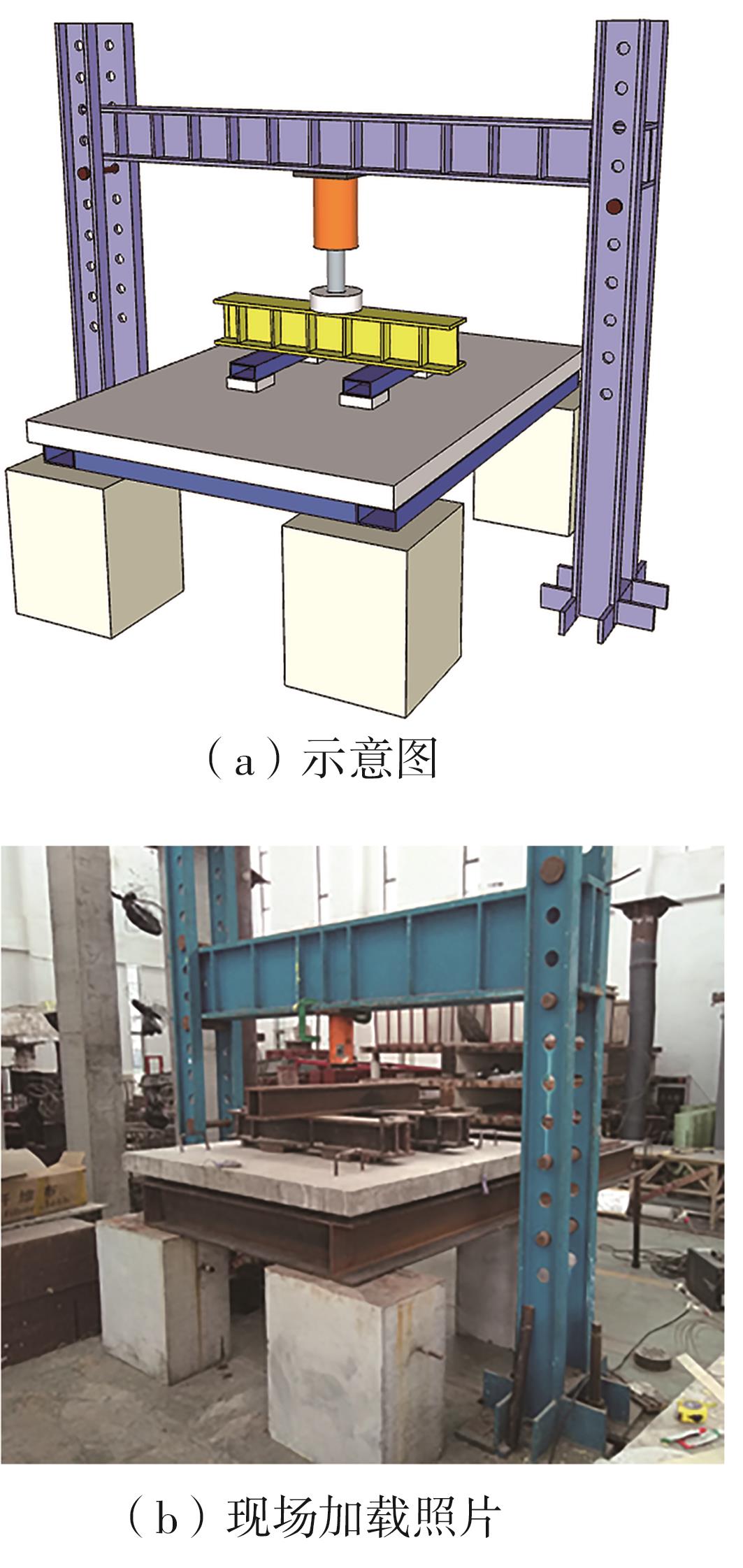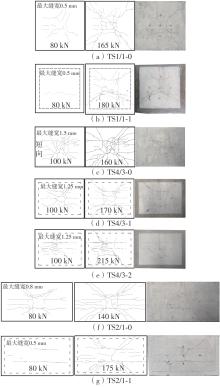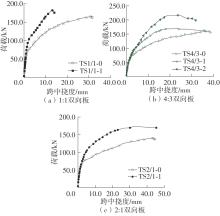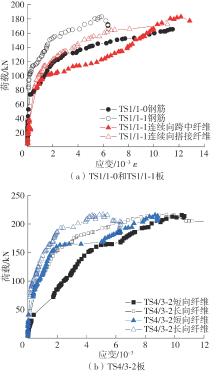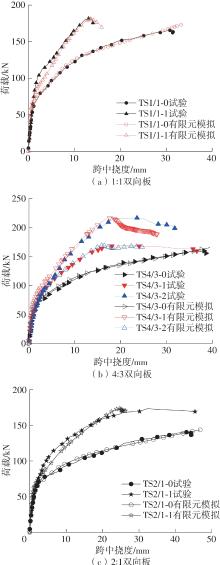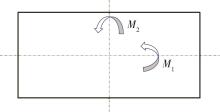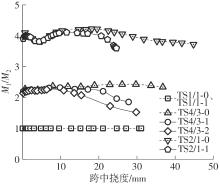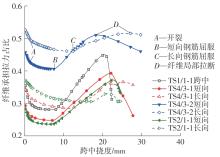华南理工大学学报(自然科学版) ›› 2025, Vol. 53 ›› Issue (2): 115-123.doi: 10.12141/j.issn.1000-565X.240043
纤维网增强地聚物砂浆加固双向板的抗弯性能
张海燕1,2, 陈海标2, 吴波1,2, 李梦圆3
- 1.华南理工大学 亚热带建筑与城市科学全国重点实验室,广东 广州 510640
2.华南理工大学 土木与交通学院,广东 广州 510640
3.浙江公路技师学院,浙江 杭州 310023
Flexural Performance of Two-Way Slabs Strengthened with Textile Reinforced Geopolymer Mortar
ZHANG Haiyan1,2, CHEN Haibiao2, WU Bo1,2, LI Mengyuan3
- 1.State Key Laboratory of Subtropical Building and Urban Science,South China University of Technology,Guangzhou 510640,Guangdong,China
2.School of Civil Engineering and Transportation,South China University of Technology,Guangzhou 510640,Guangdong,China
3.Zhejiang Highway Technicians College,Hangzhou 310023,Zhejiang,China
摘要:
纤维编织网增强砂浆(TRM)加固是一种采用砂浆作为无机胶黏剂将纤维编织网粘贴于构件表面形成加固层的方法,其具有轻质高强、几乎不改变截面尺寸、耐高温性能和耐久性好等优点,近年来受到了广泛关注。TRM中的胶黏剂通常采用聚合物改性水泥砂浆,但水泥的生产能耗和碳排放量较大。为实现“双碳”目标,采用生产能耗和碳排放量远低于水泥而力学性能与水泥相近的地聚物取代水泥,形成纤维编织网增强地聚物砂浆(TRGM)加固法。采用碳纤维编织网增强地聚物砂浆加固钢筋混凝土双向板,开展不同长宽比和加固层数的TRGM加固板的抗弯性能试验和有限元分析,并与相应未加固板的性能进行比较,考察了TRGM的加固效果、双向纤维对承载力的贡献和传力机理。研究结果表明:TRGM加固能有效提高双向板的开裂后刚度和抗弯承载能力,抑制裂缝发展,尤其是沿短边方向的裂缝数量明显减少;双向板长宽比越大,TRGM的加固效果越明显;1层TRGM的加固效果受纤维编织网搭接以及施工质量的影响较大,使得其加固效率远低于2层TRGM加固的情况,纤维网的搭接可能会影响纤维强度的发挥,设计时应保证纤维有足够的搭接长度;加固板短向与长向承担的弯矩比在短向钢筋屈服后会逐渐降低,长向钢筋和纤维对承载力的贡献逐渐增大;随着跨中挠度增加,纤维承担的拉力占比呈现出先减后增再减的波浪形变化趋势。
中图分类号:
